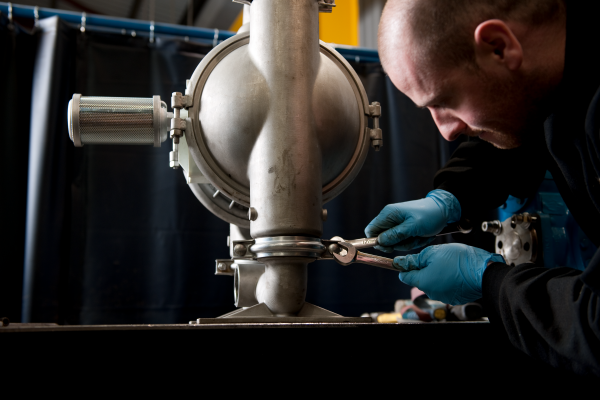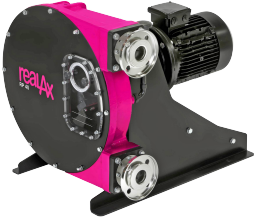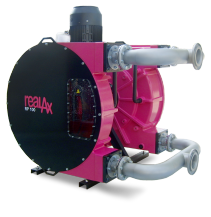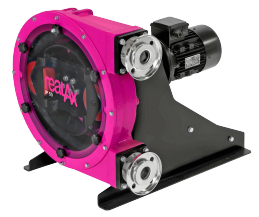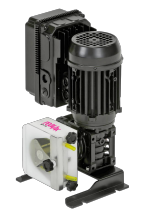|
Problem
|
Possible Cause
|
Remedy
|
|
Pump does not start
|
Insufficient Motor Power / Performance
|
Check Motor Rating, Power, that motor is running operationally sound independently of the pump, Winding resistance. Repair/Replace if necessary
|
|
Insufficient output from Frequency Converter
|
Check Frequency converter matches motor
|
|
Pump Blockage
|
Check Voltage and current draw. Pump Start occurs at 10Hz
|
|
Pump Blockage
|
Check if pump suction or discharge is blocked
|
|
Reduced Flow or Pressure
|
Valves on discharge and/ or suction may be closed fully or partially
|
Open Valves fully
|
|
Pump Hose Compression too little
|
Check number of shims fitted on rollers is correct for pump model
|
|
Hose Rupture / Leakage
|
Replace Hose
|
|
Partial Blockage
|
Clear Suction and Delivery lines
|
|
Insufficient Inlet Pressure
|
Increase level of fluid in the suction tank, replace pump or reduce pump speed
|
|
Inlet Pipework too Small
|
Increase Suction Pipe Diameter
|
|
Suction Line too Long
|
Ensure Suction line is as short as Possible
|
|
Viscosity of Fluid
|
Check it is in line with the original specification. Viscosity may change with temperature.
|
|
Suction of Air
|
Ensure Connections are airtight
|
|
Pulsating Suction Line
|
Ensure all connections are tight. Use pulsation dampeners to reduce pulsations by up to 98%. Check Application
|
|
High Pump Temperature
|
Hose not lubricated
|
Lubricate Pump Hose
|
|
Product Temperature High
|
Reduce Fluid Temperature
|
|
Poor Suction Conditions or Insufficient Suction
|
Check Suction Line for Blockages
|
|
Pump Speed too High
|
Reduce Pump Speed
|
|
Vibration on Pump & Pipework
|
Connecting Pipework not fastened correctly
|
Ensure pipework is connected with accessories such as brackets where required
|
|
Pump speed too high
|
Reduce pump speed
|
|
Insufficient pipe bore
|
Increase bore of the pipe
|
|
Pump loose on baseplate
|
Tighten baseplate
|
|
Pulsation dampeners insufficient or missing
|
Install pulsation dampeners on suction & discharge
|
|
Short Hose Life
|
Chemical Attack
|
Check Hose Chemical Compatibility with liquid pumped, any cleaning agents used and lubricant
|
|
High Pump Speed
|
Reduce Pump Speed
|
|
High Temperature
|
Reduce fluid Temperature
|
|
High Operating Pressure
|
Reduce Operating Pressure
|
|
Cavitation
|
Check Suction Conditions including bore of the pipe, tank size, the viscosity of fluid with pump capacity
|
|
Elevated Temperature
|
Check Rollers Shaft Mounting
|
|
Unsuitable Lubricant
|
Only use Lubricant from North Ridge Pumps
|
|
Insufficient Grease
|
Top Up Lubricant
|
|
Pump Hose Pulled into Housing
|
High Inlet Pressure >3 Bar
|
Reduce inlet Pressure
|
|
Pump Hose contains Deposits
|
Clean or Replace Pump Hose
|
|
Holder (press flange) not Tight
|
Re-tighten Press Flange and Holder
|
|
Insufficient Grease
|
Top Up Lubricant
|



